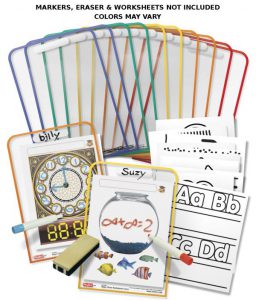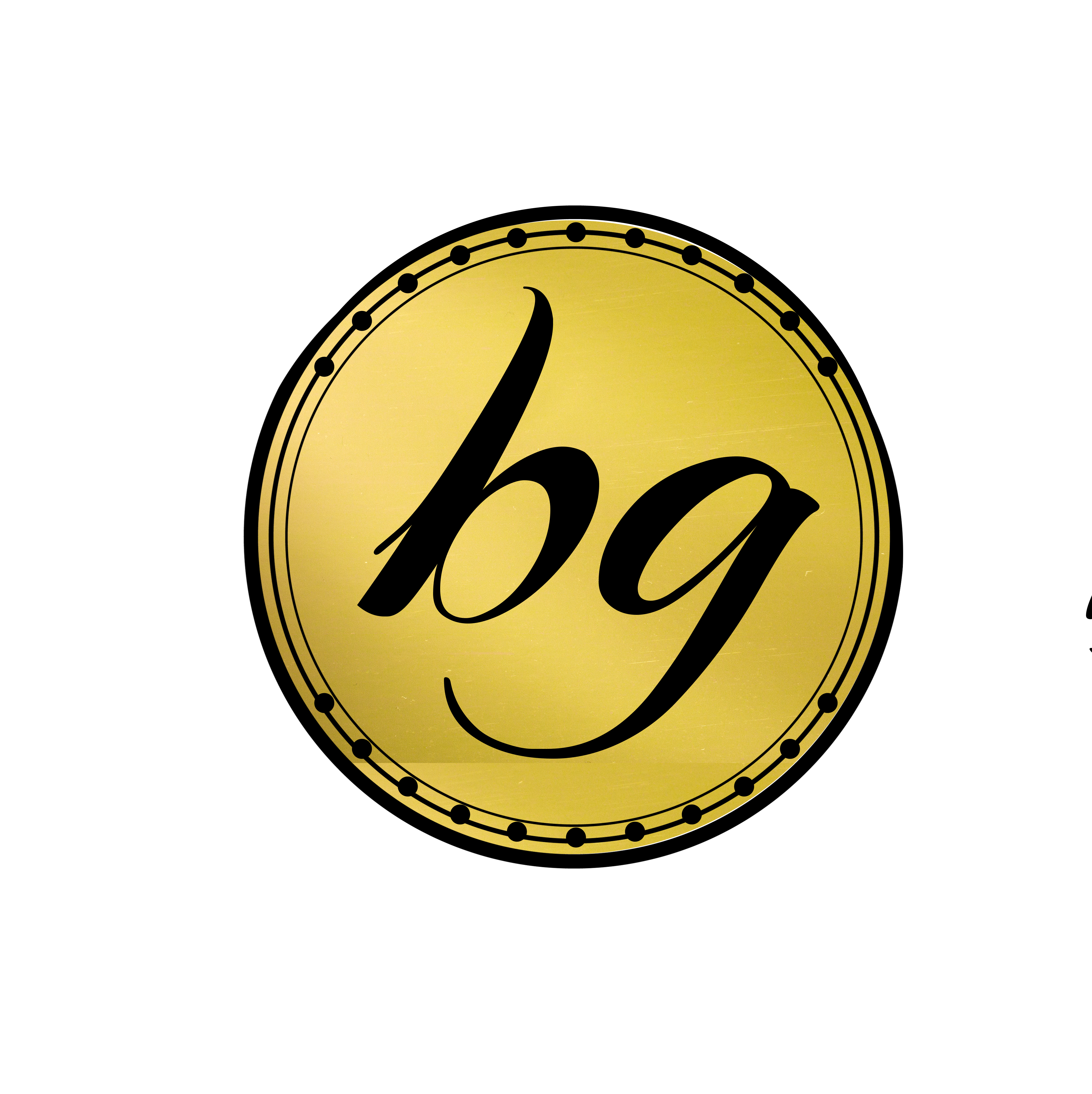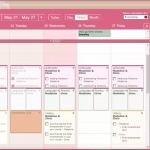Frugal Homeschooling Tips and Ideas
The brick-and-mortor schools in our area opened their doors recently. That was our cue to create a new schedule and begin a new routine.
We’re also making a lot of changes in our lives that impact our finances. It was important for us to start our new schedule and education experiences with what we already had on hand. You might be making some changes or want to spend less, too, which is why I’m sharing my frugal homeschooling tips and ideas that I used this week.
The first thing we did, is create a no TV during the week rule. The kids did complain a little, but got over it quickly. We’ve done this several times and they understand from experience that when I say there will be no TV, I mean it.
I don’t think that watching less TV saved us much money, but it did help create a learning environment for everyone. It inspired the kids to become creative with their time. There were fewer arguments and distractions. (You can hear me celebrating, can’t you?)
We started each morning with some sort of physical activity. For example, one day, we went on a hike with another family. We took snacks and told the kids to stick together. The older kids had cell phones, so if there was anything they needed, cell service was available and they could call us. As adults, we stayed with the youngest kids, ages 6 and 7. What I like about this is that the kids were having fun while getting physical, it’s cheap (only paying for gas and food they would have eaten at home anyway- just add some sunscreen and some essential oils for hand sanitizer).
Several games and STEM activities were in a pile in the living room for the kids to play with. The favorites this week so far were:
Labarinth
Get lost in a maze of fun with the Ravensburger Labyrinth! This fantastical labyrinth board game features a cast of mythical characters including a dragon, a princess, a ghost, a genie, and flying creatures like bats and owls.
Designed for ages eight and up, this four-player adventure is an action-packed game of mystery that’s ideal for sleepovers, family game nights, and anytime kids feel like playing in a land of strategy and imagination. Players must find all of their objects and characters while moving carefully through the constantly changing maze, and be the first to make it back to the starting square to win.
Though it’s designed for kids ages 8 and up, my 6 year old son, Jesse, loves playing and does very well.
Snap Circuits Arcade – Great STEM activity
Arcade takes you into the realm of lights, noise and fun just like a real arcade. In this Arcade you do the building and can even program some of your projects. Change the readout on the Programmable Fan module through the included U29 LED Display and Micro Controller. Build circuits and play games.
Games? Yup, build circuits like ‘Memory Game’, ‘Second Hold’ or ‘Home Run Derby’. 20 games in all with minimal selector programming. Or, get down and boogie with the Disco Cover component. You will have a light show every time. Arcade contains more than 35 parts giving you the opportunity to complete over 200 projects.
My kids, ages 8 and up love to play with this set.
Tools Memory Match
This game contains 48 tiles (2 each of 24 different tool pictures) and instructions. It is designed to encourage the development of children’s vocabulary, memory and concentration. The tiles are placed face down and the aim of the game is to turn over pairs of tiles, memorizing locations so that matching tool pairs may be collected on subsequent turns. The 48 tiles feature beautifully depicted watercolour images of tools sure to become favourites of today’s children, parents and grandparents.
My husband and kids were playing this while waiting for me to finish preparing dinner. What we like are the images. We have other versions of Memory, but this one is the most fun.
Sorry!
This is the classic Sorry! game that I grew up with, and perhaps you did, too. Every family member loves to play this game. We have 2 so we sometimes have two games going at the same time. If you’re not familiar with the game, this is Parker Brother’s description of the game:
Saying “sorry” never felt so sweet as when you say it playing Parker Brothers’ Sorry! game. As you chase your opponents around the board, trying to get your 4 pieces from start to home first, you never know what will happen next. Will you draw a card that tells you to move ahead 2 spaces or back 6? Will you land on a slide or will an opponent land on you, sending you back to the start with a patronizing “sorry”? For 2 to 4 players, ages 6 to adult. Made in USA.
My 6-10 year olds spent most of their time playing games with my 12 year old joining in here and there. We also had a multi-day Looney Tunes Monopoly game going with the 10-17 year olds +me. We played a couple hours per day before moving onto more studying and chores.
Before I forget, there were also forts. We have lots of boxes right now because we plan to move in January (we had hoped to move already, but we also believe in keeping our promises and are finishing out our lease before becoming homeowners again). It’s no joke that boxes are the best toys around.
The kids went on walks, played Red Rover, Freeze Tag and more. Had the TV been on, the board games, forts and outdoor play would not have happened.
Frugal Homeschooling Tips and Ideas
The activities we did this week were great fun and didn’t really cost us anything.
I don’t want my kids online most of the time doing school work, so we do a mix of online activities and printed out worksheets and unit studies. Here’s where the real money saving comes in for our family.
Printing
First of all, this week alone, I printed off about 300 pages from study guides I purchased or got for free for my 4 oldest kids so they can have a resource to go along with what they’re studying. One was a study guide for the Book of Mormon for kids grades 4-7th. There are maps in the guide. I don’t really want to skimp on geography opportunities, so I print with the best quality for the same price as I do drafts thanks to HP’s Instant Ink Program, where I save up to 50% off on my ink and it arrives in my mailbox before I need it- hence the instant ink. What I like about the program is that I am not locked into a contract, I can change the plan I am using based on my projected printing needs for the month (I can always upgrade during the month to avoid paying for printing more pages than the plan I chose during the month). If I don’t print as many pages as I anticipated, my unused pages roll over to the next month.
Below are the stats I personally used for this month (upper picture) and the features/benefits of the different plan options available (lower picture):
My Stats
The Plans
 Want to see if Instant Print is right for you? Get a free month of printing!
Want to see if Instant Print is right for you? Get a free month of printing!
Free School Online
 We often use Khan Academy for math, Algebra, etc to either supplement our curriculum or as our sole curriculum, depending on the learning style of each individual child. We use Khan Academy more than any other “school” site out there. It’s 100% free, though you’re free to donate.
We often use Khan Academy for math, Algebra, etc to either supplement our curriculum or as our sole curriculum, depending on the learning style of each individual child. We use Khan Academy more than any other “school” site out there. It’s 100% free, though you’re free to donate.
I first heard about Khan Academy through TED Talks– I love TED talks. I learned that he got started when his cousins were struggling with math. He created some videos to help them. The relative found others that needed help with math, so more videos were created. Word of mouth is an amazing thing. Soon lots of people were asking for videos. Then roll in the sponsors and, TA DA!, you have Khan Academy.
What I like: The interface keeps track of the time the kids spend on Khan Academy and what they’ve mastered, working on, or struggle with so that I can assist them where needed. If they need help with a problem, they can get hints or watch videos. If they need hints or watch a video, it will be a while before they can “master” the topic. In fact, the system has them practice and then wait until another day to be sure they still “get it.”
What the younger kids like: They get points for completing problems, mastery segments, and watching tutorial videos. The points can be used to upgrade their avatars.
What the older (algebra and above) kids like: I’ve forgotten how to do certain types of problems because I don’t use them on a regular basis. Sal and his team are there to save the day with tips, videos, hints, etc.
Since the founding of Khan Academy, more subjects have been added including Science and Technology, Computing (think computer programming- check out my son’s first computer program that he learned at Khan Academy), Arts & Humanities, Economics & Finance, College Test Prep and more.
Pay by Course Math On and Offline
My son, Jared, is one who benefits from more than one perspective when it comes to math. He uses Khan Academy a lot, but feels like there are some holes in his learning. That’s why we turned to Udemy’s Become an Algebra Master. He’s 11 lectures into the program. So far, it’s helped him quite a bit. He told me this afternoon that were was on set of problems that could have been explained in more depth, but that he had already learned it in Khan Academy. He has thanked me several times for getting Udemy’s Become an Algebra Master. It seems to fit his learning style more closely.
What you get: (from Udemy)
This 291-lesson course includes video and text explanations of everything from Algebra, and it includes more than 80 quizzes (with solutions!) to help you test your understanding along the way. Become an Algebra Master is organized into the following sections:
- Operations
- Fractions
- Exponents
- Radicals
- Rules of equations
- Simple equations
- Advanced equations
- Graphing
- Systems of two equations
- Systems of three equations
- Polynomials
- Factoring
- Functions
- Inequalities
- Statistics
And here’s what you get inside of every lesson:
Videos: Watch over my shoulder as I solve problems for every single math issue you’ll encounter in class. We start from the beginning… I explain the problem setup and why I set it up that way, the steps I take and why I take them, how to work through the yucky, fuzzy middle parts, and how to simplify the answer when you get it.
Notes: The notes section of each lesson is where you find the most important things to remember. It’s like Cliff Notes for books, but for math. Everything you need to know to pass your class and nothing you don’t.
Quizzes: When you think you’ve got a good grasp on a topic within a course, you can test your knowledge by taking one of our quizzes. If you pass, wonderful. If not, you can review the videos and notes again or ask me for help in the Q&A section.
You can preview the course for free.
How to Use Worksheets and Workbooks Multiple Times

Wipe Clean Worksheet Cover image credit: Rainbow Resource
One thing I like to do is use worksheets more than once so that my kids can practice what they’re learning a couple months down the road to ensure that they still understand. If I print out a worksheet and know I want to use it again, I put it in a page protector and let them use fine tip wet erase markers. The kids think it’s fun because I usually offer multiple colors and they’re using grown-up tools.
That’s a great way, but my favorite way is to use page extenders that slip right onto worksheets that are still bound in workbooks. You can use dry erase markers to complete the worksheet, then slip it off and clean. The worksheet will be ready for the next student or practice.
Unfortunately, the kind I’m used to are no where to be found. I found something very similar. In fact, it’s colorful and kids might like it even better. You can get it from Rainbow Resource. It’s called Wipe Clean Worksheet Cover. This is by far the CHEAPEST place to get it at $2.25. You’ll pay $30 for the same product at Amazon. Ridiculous!
DEAR: Drop Everything And Read
One of the cheapest ways we homeschool is to drop everything and read as a family. This week, we’re reading Wednesday Wars. Everyone, except 6 year old Jesse, sat around the table and ate snacks or drew as I read this book to them. They enjoyed it so much that we ended up reading 2-3 chapters per day. The kids were belly laughing, too. It was very easy to add emotion and inflections as I read.
What I like about this book is that Holling Hoodhood, the main character, starts off at the beginning of the book dreading Wednesday afternoons because everyone in his 7th grade class goes to their religious classes at the Catholic Church or Jewish Synagogue. He’s Presbyterian, and his church doesn’t offer a religious class, so he gets to stay at school with his teacher. He loves Treasure Island and other adventurous books. Mrs. Baker, his teacher has various ways to use up his Wednesday afternoons, but eventually settles on teaching him Shakespeare. He turns his nose up to that idea and believes his teacher wants to torture him. As he reads, he discovers that they can be exciting.
Reading stories as a family, using page protectors and extenders allowed us to save paper and workbooks, using Khan Academy and Udemy made math super cheap and easy (no frustration here) and I saved up to 50% on printing with HP Instant Ink. That’s how we were frugal this week. What did you do to save money? What tips do you have to share to make homeschool more fun? Please share your ideas and tips in the comments. I love to learn more!





















